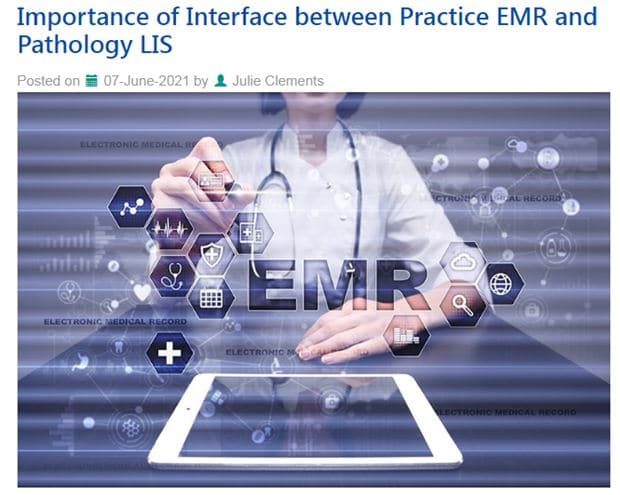 Medical transcription companies provide EHR-integrated documentation solutions to help physicians ensure accurate medical records. But do EHRs allow physicians to keep a track of everything that matters to patients? According to a recent Forbes article, physicians still face challenges when it comes to creating a truly patient-centered approach to the EHR.
Medical transcription companies provide EHR-integrated documentation solutions to help physicians ensure accurate medical records. But do EHRs allow physicians to keep a track of everything that matters to patients? According to a recent Forbes article, physicians still face challenges when it comes to creating a truly patient-centered approach to the EHR.
According to the Office of the National Coordinator for Health Information Technology (HIT) of the U.S. Department of Health and Human Services, EHRs are now used by 96% of hospitals and 78% of physicians’ offices. There is no doubt that electronic records provide secure access to patient information and streamline workflow. Physicians can create the record by entering details such as family history, reason for initial complaint, diagnosis and treatment, prescription medications, lab tests, and other important details needed to provide care. Providers can update each encounter promptly with the help of a scribe or medical transcription company. Besides ensuring provider-oriented checklists and clinical data capture, EHRs allow patients to conveniently access their digital medical record from the comfort of their homes.
However, experts point out that EHRs often fail when it comes to prioritizing patient goals and main concerns. Planetree, a Connecticut-based nonprofit educates hospital and nursing home operators in providing person-centered care. According the president of the organization, EHRs do not integrate or incorporate what patients actually want captured. Issues identified include:
- Electronic medical records do not integrate patient perspectives: For instance, a patient who is discharged from hospital may have certain personal goals or responsibilities to accomplish. Or a patient may be unable to make the co-payment for a medication, which would make it difficult to adhere to the treatment plan. It’s important that the medical record includes these patient perceptions.
- Lack of interoperability: Another problem is that of lack of EHR interoperability. EHRs can achieve the goal of cutting costs by reducing paperwork and unnecessary tests, only if patient information flows freely among health care providers and insurers. For instance, if a physician cannot access the results of a patient’s blood test done in another hospital, the test would have to be repeated. This often happens when the EHR systems used by practices and hospitals are different. Providers will be able to access only some of the information and not the entire medical record. A recent study found that 46 percent of patients want direct exchange of medical records between their doctors, but the software is not designed to meet these expectations.
- Detracts from the quality of care: When you are in the physician’s office, you would want him or her to pay attention to you and what you are saying. With the arrival of the EHR, patients rarely get the attention they want during the office visit. Most physicians find it difficult to use the software and listen to patients at the same time.
- Do not accommodate broader patient concerns: The physician can only enter quantitative information such as prescriptions and lab tests in the EHR. Patients often talk about their personal problems, but EHRs do not have the provision to accommodate such information, which can actually have a huge impact on their health.
 Manufacturers of practice management software are making an effort to overcome these issues and improve the patient experience. Forbes reports on a leading EHR software company that has introduced a “longitudinal plan of care” into its EHR systems, which can incorporate a patient’s history, course of treatment, living situation and personal goals for health and functioning.
Manufacturers of practice management software are making an effort to overcome these issues and improve the patient experience. Forbes reports on a leading EHR software company that has introduced a “longitudinal plan of care” into its EHR systems, which can incorporate a patient’s history, course of treatment, living situation and personal goals for health and functioning.
Planetree was instrumental in creating a “Patient Preferences Passport” incorporating information that patients want captured in their records and which can be shared with family members. Patients can list their preferences and take the passport along to their appointments.
While medical transcription outsourcing is an ideal option for EHR documentation and better focus on patients during the encounter, these innovative strategies will allow physicians to engage patients in their care more effectively.


